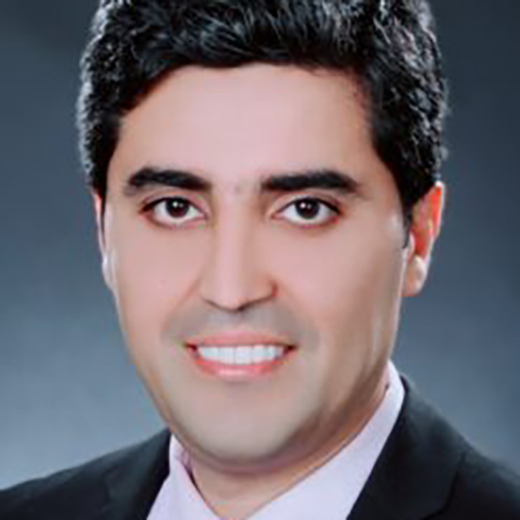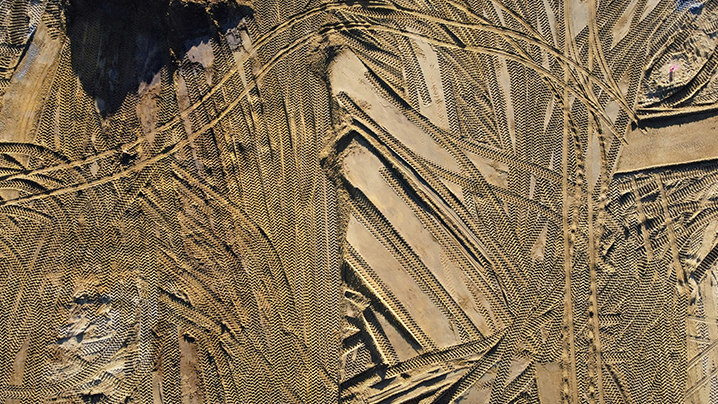This brief is part of the Insights @ Center for Emerging Markets, a publication focused on cutting-edge ideas and advice for global leaders about emerging markets.
By Adel A. Zadeh (Northeastern University, Toronto Campus), Yunxin Peng (Northeastern University, Boston Campus), and Sheila M. Puffer (Northeastern University, Boston Campus)
The world is facing a sand shortage. Not in the windswept sand found in deserts around the world, which is too smooth to make concrete and asphalt, but rather in the sand found in rivers, lakes, and oceans. For decades we have been using up this limited resource faster than nature can replace it, and in the process harming the environment and wildlife. The situation is even more dire in emerging markets where rapid population growth and urbanization are increasing the demand for sand and construction materials at an increasingly unsustainable pace. When policymakers have tried to limit this destruction, they have faced criminal cartels, sometimes referred to as the ‘sand mafia,' that mine sand illegally and threaten or attack those who try to stop them. Emerging market countries also lack the funds and technology to adopt best practices in sand management.
The world will need to confront this problem by either reducing sand usage or by finding economically and environmentally viable substitute materials. Some researchers have looked into renewable alternatives, but they are not easy to apply on a large scale. These sand alternatives present many challenges, such as lack of information about them, high costs, limited incentives, and low demand. Policymakers need to address these challenges, by making rules for sustainable sand use, raising awareness about the sand crisis, and encouraging responsible behavior among mining and construction companies. And researchers need to continue to look for solutions to these challenges, by exploring how the construction industry can adopt more sustainable methods.
Sustainable Sand Alternatives: Attitudes and Barriers
Adel Zadeh and his colleagues at Northeastern University surveyed over 300 professionals in the construction industry including architects, engineers, managers, and academics across the United States and Canada to explore attitudes in the construction industry towards adopting sustainable sand substitutes. Respondents were asked to rank their top three considerations in areas such as availability, customer demand, environmental impact, performance, and price.
The results showed different preferences depending on the background of the participants. Architects, engineers, and academics prioritized environmental friendliness, underlining their conscious efforts toward sustainable construction. In contrast, management's priorities were more oriented to performance, price, and availability, reflecting their strong orientation to strategic business opportunities in the construction industry.
Before sustainable construction can be implemented on a wide scale, these concerns need to be addressed. This includes R&D funding to improve and enhance the performance of sustainable sand substitutes while implementing guidelines promoting their use. Even if performance limitations can be addressed, cost will remain a barrier. Sustainable materials can become more cost-effective in the long run. For instance, in many locations, the cost of clean energy has fallen to below parity with fossil fuels. However, this requires large-scale adoption. In the interim, construction firms will face cost barriers that can only be addressed by offering financial incentives or by requiring sustainable substitutes in the procurement of public projects. Therefore, understanding and addressing stakeholder priorities and concerns will play a critical role in promoting sustainability in future construction projects.
Original Work
Zadeh, A. A., Peng, Y., & Puffer, S. M. (2023). Sustainability in a Sand-Depleted World: Identifying Barriers to Adoption of Sand Substitutes. European Journal of Sustainable Development, 12(3), 91.
Contact

If you are interested in learning more about this work, contact Professor Adel A. Zadeh at: a.zadeh@northeastern.edu
